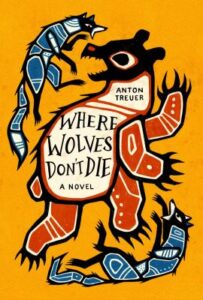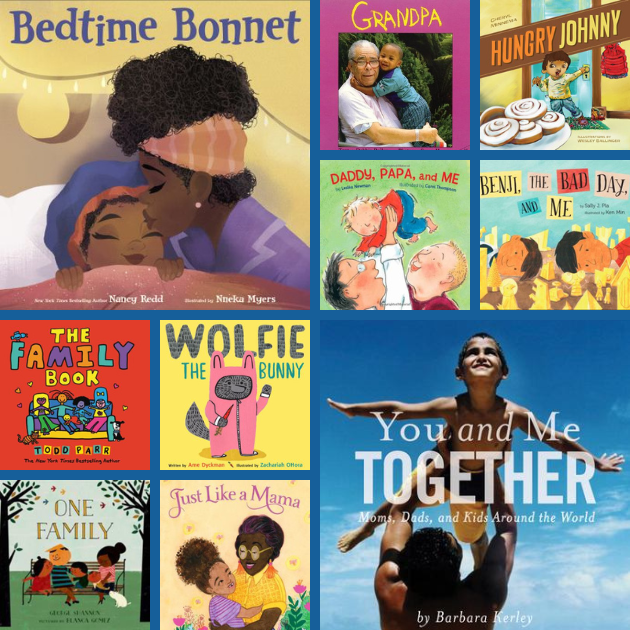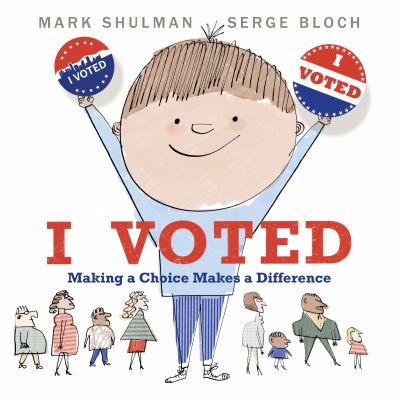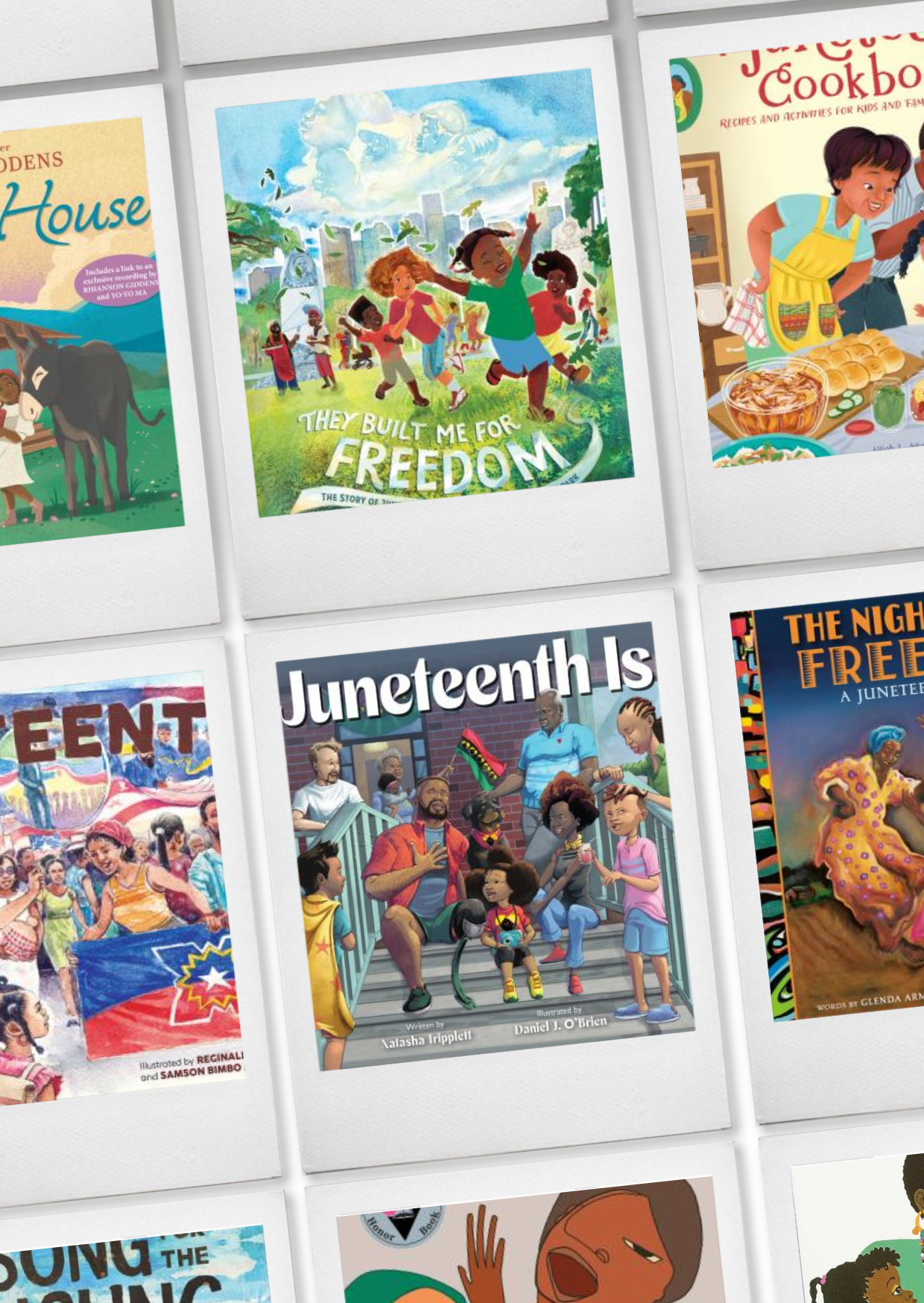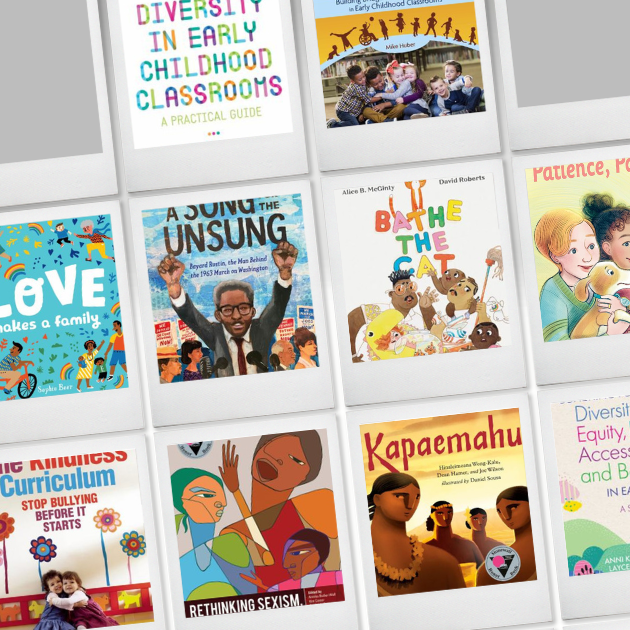In celebration of National Native American Heritage Month, we’re featuring several winners of the 2024 American Indian Youth Literature Awards and 3 newly published titles and 1 classic for adults interested in learning more about Native America.
 Pro-tip: Track the books you & your children are reading. Download the free app The Storygraph, created and owned by Black female tech entrepreneur Nadia Odunayo.
Pro-tip: Track the books you & your children are reading. Download the free app The Storygraph, created and owned by Black female tech entrepreneur Nadia Odunayo.
All titles are available through the Debra S Fish Early Childhood Resource Library, a branch of the St. Paul Public Library.
Children’s Titles
I Sang You Down from the Stars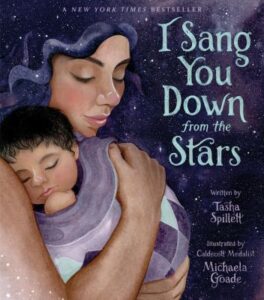 (age focus: baby – 4 years)
(age focus: baby – 4 years)
Recipient of a Kirkus Starred Review
A New York Times bestseller
A Chicago Public Library Best of the Best Book
When a baby chooses its mother, special gatherings of family and community are held to prepare for the child’s arrival. Sacred items are collected and placed in a medicine bundle to be given to the baby at birth. These items will keep the growing child’s connection to their identity strong. Spillett-Sumner’s lyrical text begins as an Indigenous mother plans the journey with her unborn child. “Before I held you in my arms, I sang you down from the stars.” When she finds a white eagle plume, it becomes “the first gift in a bundle that will be yours.” The young mother finds more items for her child’s bundle: cedar, sage, a “star blanket,” and a special river stone “so that you always remember that you belong to this place.” The baby arrives in the spring, “with the waters that come when the ice breaks and the rivers flow again.” Goade uses a white “swoosh” of stars throughout the illustrations to intertwine traditional origin stories with a family’s experience of “love and joy” upon the arrival of the new baby, in scenes that pulse with both emotions. From Kirkus Reviews
Still This Love Goes on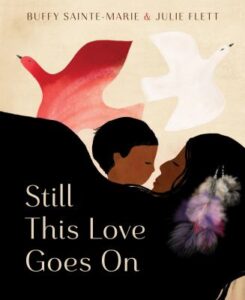 (age focus: 3 – 7 years)
(age focus: 3 – 7 years)
Finalist for the Governor General’s Literary Award
A New York Times / New York Public Library Best Illustrated Children’s Book of 2022
BEST PICTURE BOOK OF THE YEAR: Kirkus Reviews, Globe and Mail, and Chicago Public Library
Cree singer/songwriter Sainte-Marie offers a glimpse of her people, their land, and their traditions in this picture book based on the lyrics to one of her songs. Through the eyes of a young child, the book brings to life the cold winter days, the awe of looking up at the nighttime sky, the freedom of running through fields of fragrant summer flowers, the delight of children who dance and sing, and the changing of the seasons. Most of all, with the refrain “Still this love goes on,” the story reminds readers of the joy we experience upon returning to those whom we love and who love us. The soothing cadence of the words, along with heartwarming illustrations by Flett, conjures up images, smells, sounds, and touch as silhouetted buffalo race across the plains and a child with eyes closed smells the burning of sweetgrass. From Kirkus Reviews
Rock Your Mocs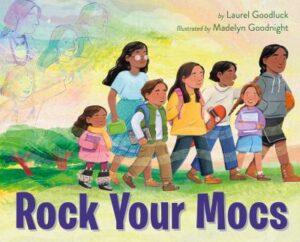 (age focus: 4 – 8 years)
(age focus: 4 – 8 years)
An American Indian Library Association Youth Literature Award Honor Book
It’s Rock Your Mocs Week! Children from tribes throughout Turtle Island don their moccasins with pride, celebrating their cultures and traditions as they dance, play, and attend school. The diversity of activities that the kids engage in makes it clear that mocs don’t need to be special-occasion footwear donned only for ceremony. With each page turn, readers learn more about the significance of mocs: They are works of art, repositories of cultural knowledge, and, above all, a way to “honor our deep-rooted traditions while adapting to our sacred present.” The book depicts a variety of moccasin styles and materials, worn by children from tribes throughout the United States and Canada. From Kirkus Reviews
Berry Song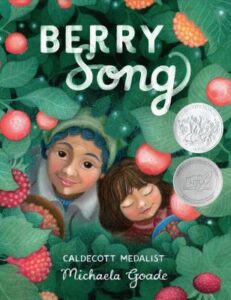 (age focus: 4 – 8 years)
(age focus: 4 – 8 years)
An American Indian Library Association Youth Literature Award Honor Book
Recipient of a Kirkus Starred Review
A Caldecott Honor Book
An Indie Bestseller
A magical intergenerational story of gifts and cultural rituals shared between a grandmother and her granddaughter.
A Tlingit grandmother takes her young granddaughter to a nearby island for a berry-picking adventure in the forest. To alert the forest bear and the various types of berries that glow “like little jewels” of their presence, the pair sing a harvest song: “Salmonberry, Cloudberry, Blueberry, Nagoonberry. Huckleberry, Soapberry, Strawberry, Crowberry.” Grandma teaches the girl that “we speak to the land…as the land speaks to us,” and “we sing too, so the land knows we are grateful.” As they gather berries in the misty rain, they listen to the sounds of insect wings, inhale the sweet scent of cedar, and feel the soft moss on tree branches. Back at home, “the kitchen glows like a summer sky” as the girl, her grandmother, her father, and her younger sister make syrup, marmalade, jelly, jam, pie, and scones to share. When winter comes, the forest is described as “dreaming, waiting for berry song.” Seasons change, marking the passage of time and leading to a bittersweet, full-circle ending. From Kirkus Reviews
Forever Cousins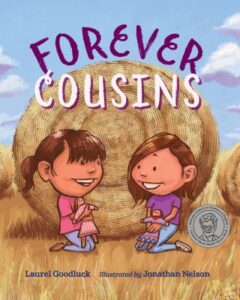 (age focus: 4 – 7 years)
(age focus: 4 – 7 years)
Winner of the American Indian Library Association Youth Literature Award
Amanda loves purple, while Kara’s favorite is pink, but “they agree that sunflowers are beautiful, powwow dancing is fun, and chokecherry jam on toast is the best.” When the time comes for Kara’s family to leave, both girls’ parents assure them that the family will be together again next summer at the reunion. A year passes, and the cousins miss each other very much but keep in touch by phone and through letters. When it’s time for the reunion on the reservation, the families make preparations: Amanda’s family packs and gets the GPS set for the two-day drive; Kara’s family makes welcoming signs, and her dad hangs a picture of the family tree. But the girls are nervous: Will they still be friends? In an author’s note, Goodluck explains that in the past, many Native families have faced separations; she cites the Indian Relocation Act of 1956 as one cause. Nevertheless, she emphasizes that they still maintain close relationships due to shared family and tribal values. This matter-of-fact yet poignant story brings that bond to vivid life as the girls realize that no matter what, they are “forever cousins.” From Kirkus Reviews
A Letter for Bob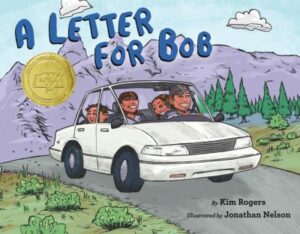 (age focus: 4 – 8 years)
(age focus: 4 – 8 years)
Winner of the American Indian Library Association Youth Literature Award
Recipient of a Kirkus Starred Review
A Charlotte Zolotow Award Highly Commended Title
An Indigenous child’s touching tribute to Bob, the trusty family car.
“Dear Bob,” begins Rogers’ (Wichita) latest picture book, told from the perspective of a kid named Katie. “Mom and Dad told me about / the day they bought you / at the dealership / when I was a baby…. / They said that your paint sparkled in the sun, / your seats felt feather-soft, / and you had that new car smell.” What starts as a simple ode to a well-cherished sedan quickly becomes a more nuanced love letter to Native families, accompanied by emotion-driven, comic art from Nelson (Diné). Readers will find themselves riding along as the family attends the Wichita Annual Dance, speeds away from a formidable moose while on a road trip to Grand Teton, visits Aka:h (Wichita for grandparent) in her Shaconage (Smoky Mountains) home, and goes on everyday excursions to school, the library, and friends’ houses. Far from a mere piece of machinery, Bob is a treasured member of the close-knit family—“When we got into / a fender bender, / you kept us safe, / and we took care of / you then, too.” From Kirkus Reviews
Remember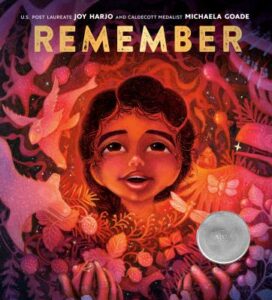 (age focus: 4 – 8 years)
(age focus: 4 – 8 years)
An American Indian Library Association Youth Literature Award Honor Book
Recipient of a Kirkus Starred Review
A Boston Globe-Horn Honor Award Book
Named One of the Best Books of the Year by School Library Journal
As Harjo, a member of the Mvskoke Nation, entreats readers to look back on their ancestors and the stories that have been passed from generation to generation, Goade draws from her Tlingit culture, depicting first the trickster Raven, who brought light to the world (“Remember the sun’s birth at dawn”), then a young Tlingit girl. The sonorous text prompts the child to remember her birth, the parents who gave her life, “the earth whose skin you are,” “the plants, trees, / animal life who all have their tribes, their families, their histories, too.” From Kirkus Reviews
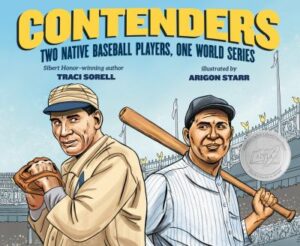 Contenders (age focus: 6 – 9 years)
Contenders (age focus: 6 – 9 years)
An American Indian Library Association Youth Literature Award Honor Book
Recipient of a Kirkus Starred Review
The true story of John Meyers and Charles Bender, who in 1911 became the first two Native pro baseball players to face off in a World Series. This picture book teaches important lessons about resilience, doing what you love in the face of injustice, and the fight for Native American representation in sports.
Charles Bender grew up on the White Earth Reservation in Northwestern Minnesota. John Meyers was raised on the Cahuilla reservation in Southern California. Despite their mutual respect for each other’s talents and their shared dedication to Native representation in baseball, the media was determined to pit them against each other.
However, they never gave up on their dreams of being pro baseball players and didn’t let the supposed rivalry created by the media or the racism they faced within the stadium stop them. They continued to break barriers and went on to play a combined total of nine championships. From the publisher
Adult Titles
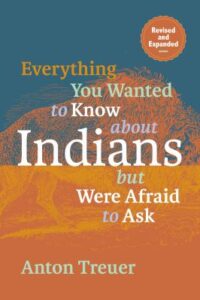 Everything You Wanted to Know About Indians but Were Afraid to Ask
Everything You Wanted to Know About Indians but Were Afraid to Ask
Revisit this well-known title by Anton Treuer.
“I had a profoundly well-educated Princetonian ask me, ‘Where is your tomahawk?’ I had a beautiful woman approach me in the college gymnasium and exclaim, ‘You have the most beautiful red skin.’ I took a friend to see Dances with Wolves and was told, ‘Your people have a beautiful culture.’ . . . I made many lifelong friends at college, and they supported but also challenged me with questions like, ‘Why should Indians have reservations?’ ”
What have you always wanted to know about Indians? Do you think you should already know the answers—or suspect that your questions may be offensive? In matter-of-fact responses to over 120 questions, both thoughtful and outrageous, modern and historical, Ojibwe scholar and cultural preservationist Anton Treuer gives a frank, funny, and sometimes personal tour of what’s up with Indians, anyway.
• What is the real story of Thanksgiving?
• Why are tribal languages important?
• What do you think of that incident where people died in a sweat lodge?
White/Indian relations are often characterized by guilt and anger. Everything You Wanted to Know about Indians but Were Afraid to Ask cuts through the emotion and builds a foundation for true understanding and positive action. From the publisher
Ezra Cloud hates living in Northeast Minneapolis. His father is a professor of their language, Ojibwe, at a local college, so they have to be there. But Ezra hates the dirty, polluted snow around them. He hates being away from the rez at Nigigoonsiminikaaning First Nation. And he hates the local bully in his neighborhood, Matt Schroeder, who terrorizes Ezra and his friend Nora George.
Ezra gets into a terrible fight with Matt at school defending Nora, and that same night, Matt’s house burns down. Instantly, Ezra becomes a prime suspect. Knowing he won’t get a fair deal, and knowing his innocence, Ezra’s family sends him away to run traplines with his grandfather in a remote part of Canada, while the investigation is ongoing. But the Schroeders are looking for him…
From acclaimed author Anton Treuer comes a novel that’s both taut thriller and a raw, tender coming-of-age story, about one Ojibwe boy learning to love himself through the love of his family around him. From the publisher
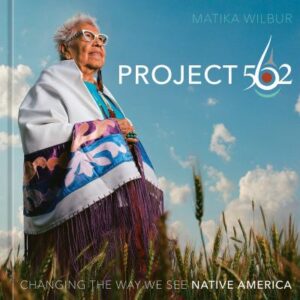 Project 562: Changing the way we see Native America
Project 562: Changing the way we see Native America
A photographic celebration of contemporary Native American life and an examination of important issues the community faces today by the creator of Project 562, Matika Wilbur. From the publisher
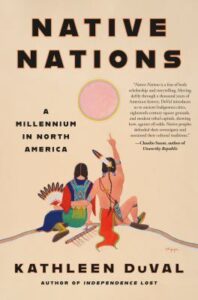 Native Nations: A millennium in North America
Native Nations: A millennium in North America
In this magisterial history of the continent, Kathleen DuVal traces the power of Native nations from the rise of ancient cities more than 1000 years ago to the present. She reframes North American history, noting significantly that Indigenous civilizations did not come to a halt when a few wandering explorers or hungry settlers arrived, even when the strangers came well-armed. A millennium ago, North American cities rivaled urban centers around the world in size, but following a period of climate change and instability DuVal shows how numerous nations emerged from previously centralized civilizations. From this urban past, patterns of egalitarian government structures, complex economies and trade, and diplomacy spread across North America. And, when Europeans did arrive in the 16th century, they encountered societies they did not understand and whose power they often underestimated. For centuries, Indigenous people maintained an upper hand and used Europeans in pursuit of their own interests. In Native Nations, we see how Mohawks closely controlled trade with the Dutch–and influenced global trade patterns–and how Quapaws manipulated French colonists. From the publisher
By Jennie Walker Knoot

